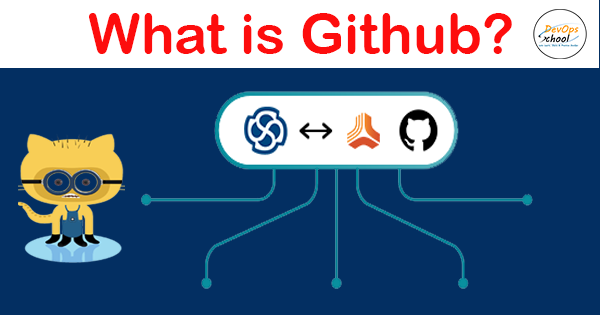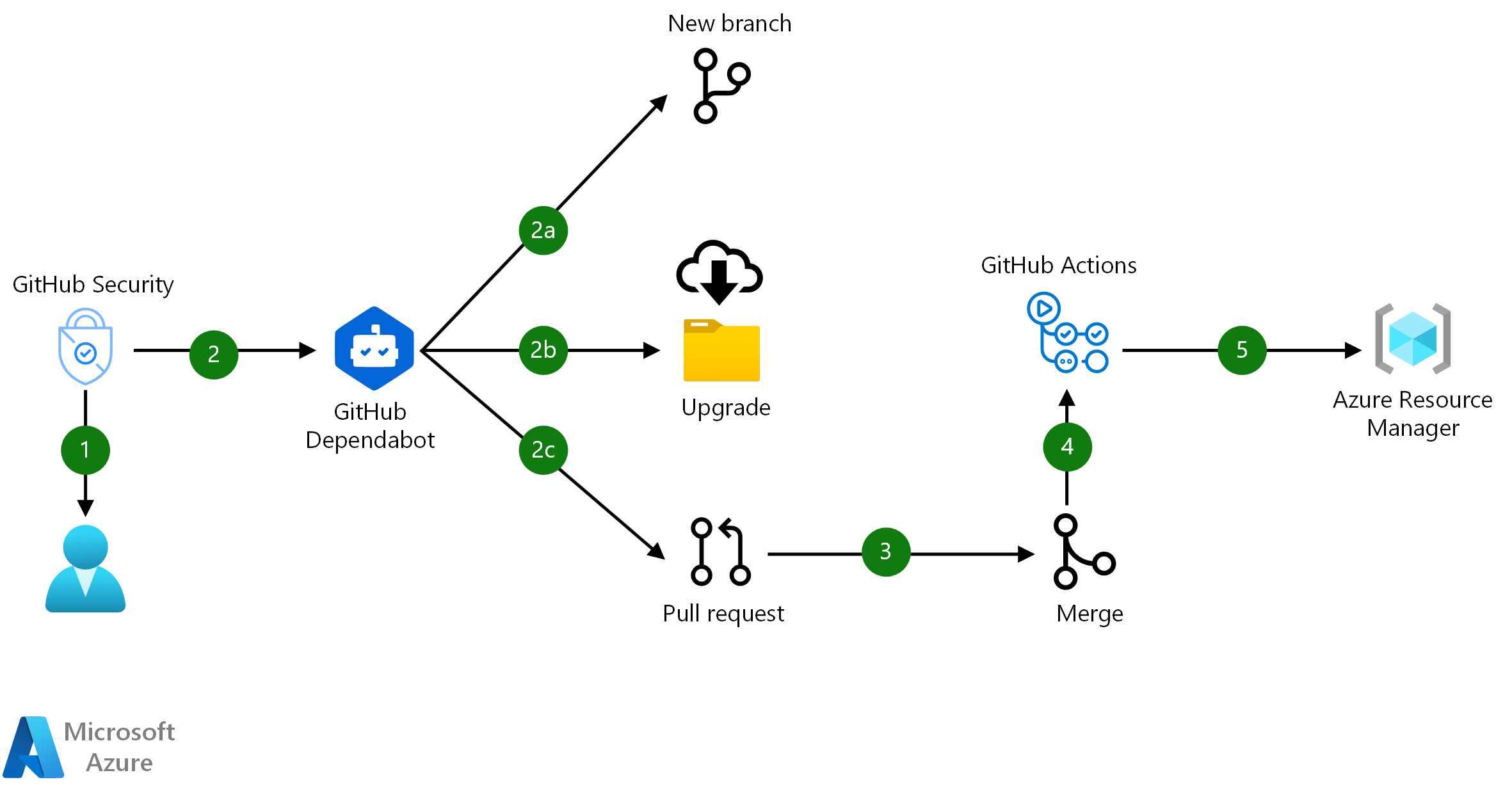

What is GitHub?
GitHub is a free personal and official, cloud-hosted platform for code. It works with Git on your and your colleagues’ computers, serving as the origin, the source of truth for anyone working on the code. GitHub is a website where you can upload a copy of your Git repository. It allows you to collaborate much more easily with other people on a project. GitHub is a great place to not only expand your programming knowledge, but also showcase your best work. Your GitHub Profile is a great place for recruiters to find you and reach out about potential jobs and projects.
History & Origin of GitHub
Development of the GitHub.com platform began on October 19, 2007. The site was launched in April 2008 by Tom Preston-Werner, Chris Wanstrath, P. J. Hyett and Scott Chacon after it had been made available for a few months prior as a beta release. GitHub has an annual keynote called GitHub Universe.
How works GitHub architecture

Use case of GitHub
There are a number of key concepts that you’ll need to understand to work effectively with Git and GitHub. Here is a list of some of the most common terms with a short description of each and an example of how they might be used in conversation:
Commit
Whenever you save your changes to one or more files to history in Git, you create a new commit. Example usage: “Let’s commit these changes and push them up to GitHub.”
Commit message
Every time you make a commit, you need to supply a message that describes why the change was made. That commit message is invaluable when trying to understand later why a certain change was implemented. Example usage: “Make sure to include Susan’s comment about the new SEC guidelines in the commit message.”
Branch
An independent series of commits off to one side that you can use to try out an experiment or create a new feature. Example usage: “Let’s create a branch to implement the new search functionality.”
Master branch (master)
Whenever you create a new Git project, there is a default branch created that is called master. This is the branch that your work should end up on eventually once it’s ready to push to production. Example usage: “Remember never to commit directly to master.”

Feature and Advantage of using GitHub
- GitHub has Gists and GitHub Pages, too
- It provides a backup of your files.
- It gives you a visual interface for navigating your repos.
- It gives other people a way to navigate your repos.
- It makes repo collaboration easy (e.g., multiple people contributing to the same project).
- It provides a lightweight issue tracking system.
- Push your projects to GitHub and let the world know how nice and useful code you write.
- Explore other’s projects on GitHub, get inspired code more, or contribute to their project.
- Collaborate with others, by letting other people contribute to your projects or you contributing to other’s projects.
- Maintain useful lists. I didn’t find anything better then creating lists on GitHub using markdown. I like how clean it looks.
Best Alternative of GitHub
- GitLab
- Bitbucket
- Sourceforge
- Google Cloud Source Repositories
- Launchpad
Best Resources, Tutorials and Guide for GitHub
- Git and GitHub – The Complete Git and GitHub Course in 2022 (DevOpsSchool)
- Git and GitHub – The Complete Git and GitHub Course in 2020 (Skillshare)
- Basic Git & GitHub for Designers, Visual Learners, and Everyone Else.
- A Beginner’s Introduction to Git and GitHub (Skillshare)
- GitHub Essential Training (LinkedIn Learning)
- Git a Web Developer Job: Mastering the Modern Workflow (Udemy)
- GitHub Ultimate: Master Git and GitHub – Beginner to Expert (Udemy)
Interview Questions and Answer for GitHub
What is a git repository?
A repository is a file structure where git stores all the project-based files. Git can either stores the files on the local or the remote repository.
What does git clone do?
The command creates a copy (or clone) of an existing git repository. Generally, it is used to get a copy of the remote repository to the local repository.
What does the command git config do?
The git config command is a convenient way to set configuration options for defining the behavior of the repository, user information and preferences, git installation-based configurations, and many such things.
For example:
To set up your name and email address before using git commands, we can run the below commands:
Jobs & Salary Prospectus of GitHub skills
The average estimated annual salary, including base and bonus, at GitHub is $137,139, or $65 per hour, while the estimated median salary is $137,633, or $66 per hour.
Free Video Tutorials of Github
I’m a DevOps/SRE/DevSecOps/Cloud Expert passionate about sharing knowledge and experiences. I am working at Cotocus. I blog tech insights at DevOps School, travel stories at Holiday Landmark, stock market tips at Stocks Mantra, health and fitness guidance at My Medic Plus, product reviews at I reviewed , and SEO strategies at Wizbrand.
Do you want to learn Quantum Computing?
Please find my social handles as below;
Rajesh Kumar Personal Website
Rajesh Kumar at YOUTUBE
Rajesh Kumar at INSTAGRAM
Rajesh Kumar at X
Rajesh Kumar at FACEBOOK
Rajesh Kumar at LINKEDIN
Rajesh Kumar at PINTEREST
Rajesh Kumar at QUORA
Rajesh Kumar at WIZBRAND

